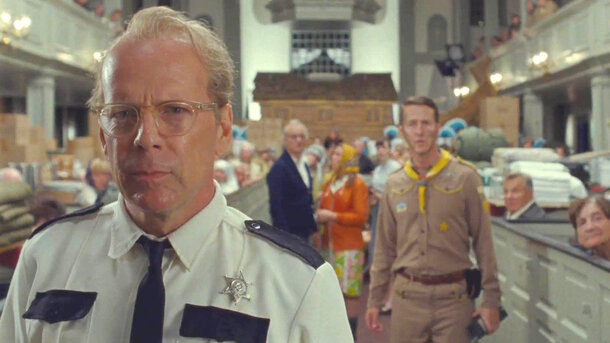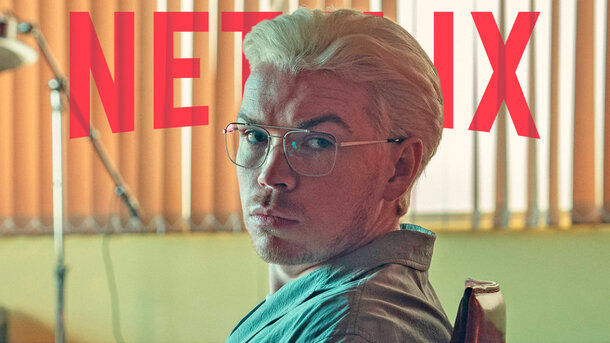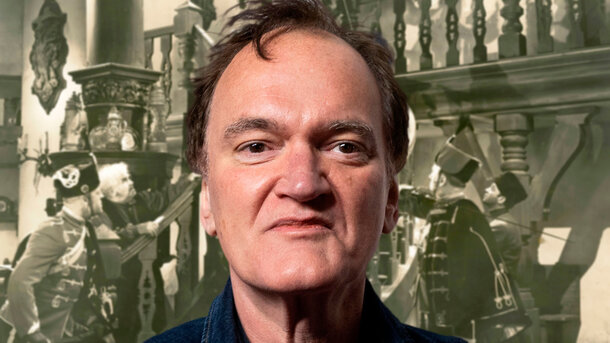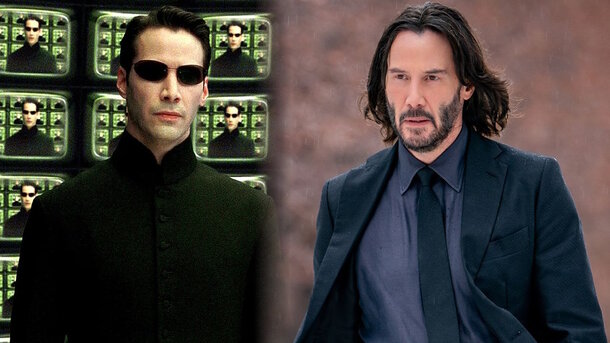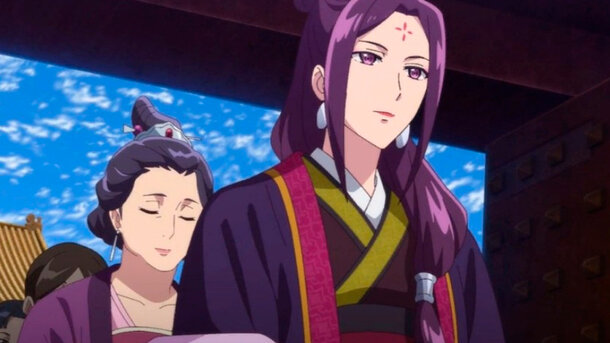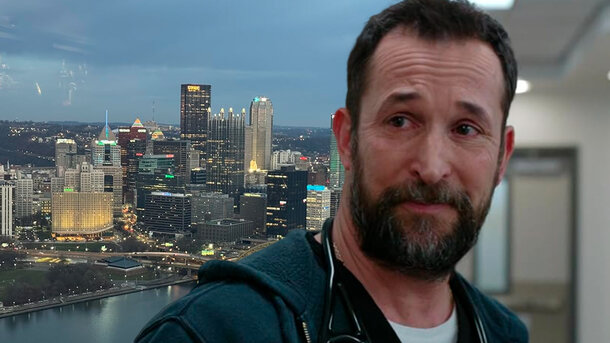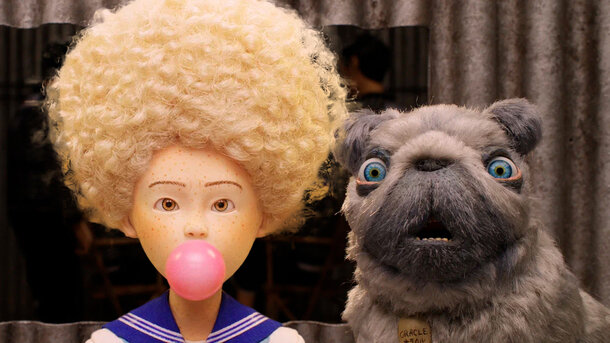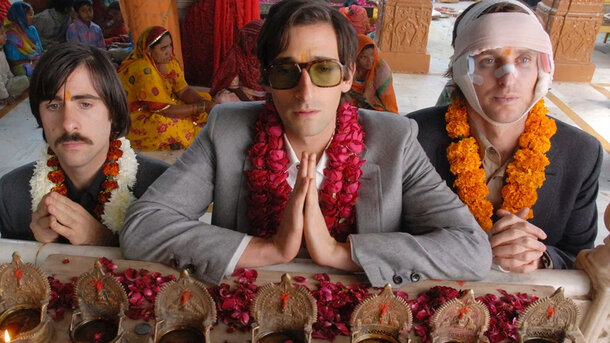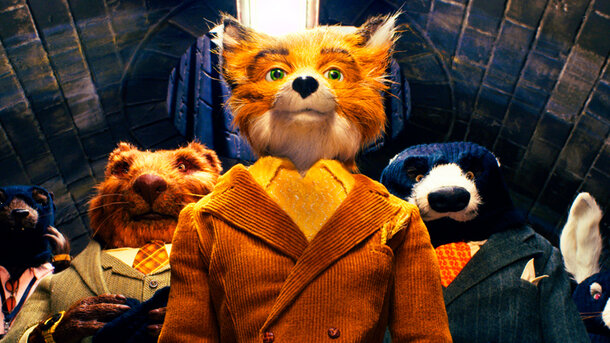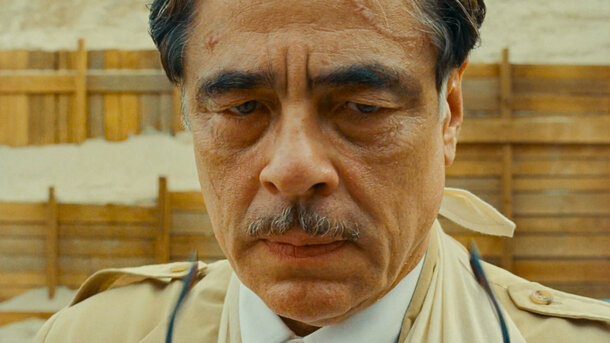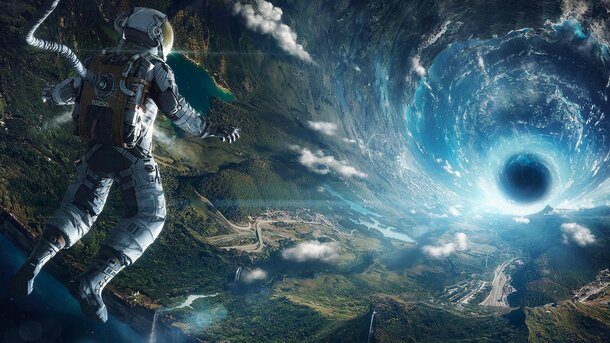Great directors don’t just tell stories; they craft immersive experiences, each frame imbued with their unique creative signature. From Guillermo del Toro’s dark fairy tales to Quentin Tarantino’s kinetic narratives, Christopher Nolan’s intricate storytelling, and Wes Anderson’s meticulous symmetry, these filmmakers have established visual languages that are unmistakably their own. Let’s explore the defining cinematic styles of some of the greatest directors.
Wes Anderson: The Maestro of Symmetry
Wes Anderson’s films are instantly recognizable for their symmetrical compositions, pastel palettes, and curated sets. Films like The Grand Budapest Hotel and Moonrise Kingdom feature emotionally restrained characters, deadpan humor, and idiosyncratic dialogue. His tracking shots and tableau-like framing create a storybook quality.
Guillermo del Toro: A Master of Dark Fantasy

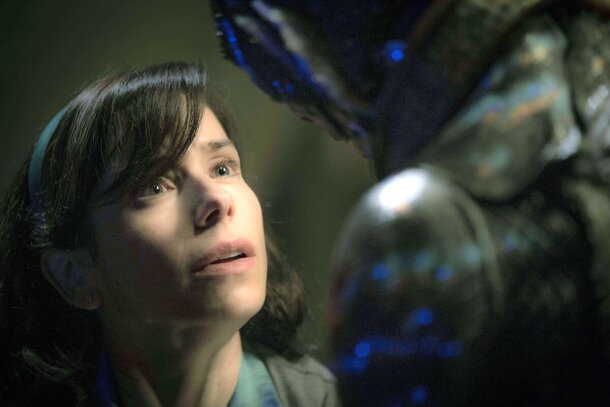
Guillermo del Toro’s films blend beauty with macabre, crafting otherworldly settings that evoke wonder and dread. His use of practical effects and handcrafted monsters gives his films an organic feel. In movies like Pan’s Labyrinth and The Shape of Water, del Toro juxtaposes fantastical creatures with human horrors, using rich palettes of blues, greens, and golds to enhance the dreamlike quality.
Quentin Tarantino: The King of Pulp
Quentin Tarantino’s style combines pop culture references, nonlinear storytelling, and explosive dialogue. Films like Pulp Fiction and Kill Bill celebrate genre cinema, blending grindhouse, spaghetti westerns, and martial arts influences. His curated soundtracks and dynamic camera movements amplify tension and drama, while stylized violence serves as both narrative tool and cinematic commentary.
Christopher Nolan: Architect of Time and Mind
Christopher Nolan’s films challenge audiences with complex narratives and innovative structures. In works like Inception and Interstellar, Nolan experiments with time, crafting grand visuals often achieved through practical effects. Collaborations with cinematographer Hoyte van Hoytema and composer Hans Zimmer add depth to his existential explorations.
Other Iconic Directors
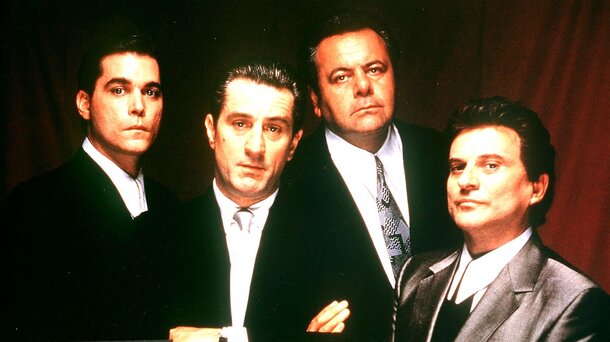
Martin Scorsese: Kinetic editing, tracking shots, and morally complex characters define his work (Goodfellas, The Irishman).
Alfred Hitchcock: The master of suspense used innovative techniques, like the dolly zoom in Vertigo, to create tension.
Stanley Kubrick: Known for iconic imagery, from The Shining's haunting symmetry to 2001: A Space Odyssey's futuristic minimalism.
The Power of Visual Language
These directors transcend storytelling, creating visual languages that resonate long after the credits roll. Their bold techniques elevate filmmaking to an art form, shaping how we experience stories and leaving an indelible mark on cinema.
